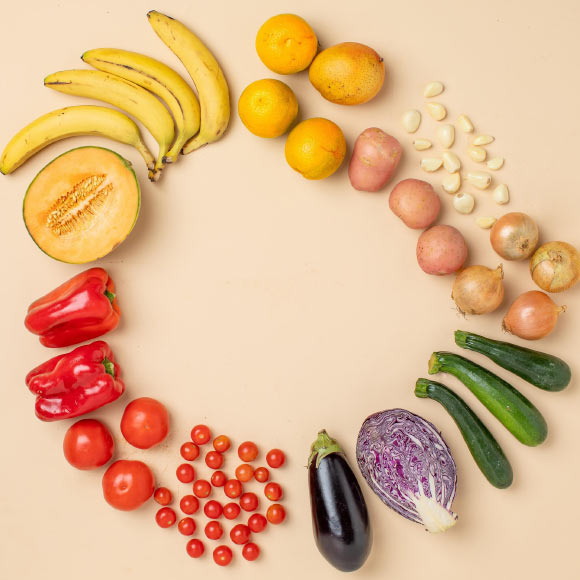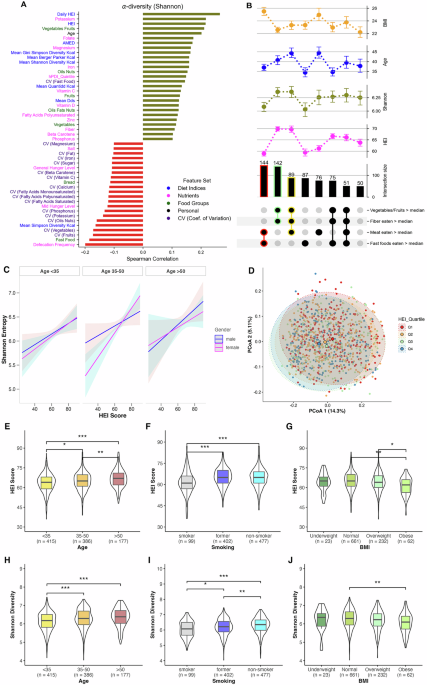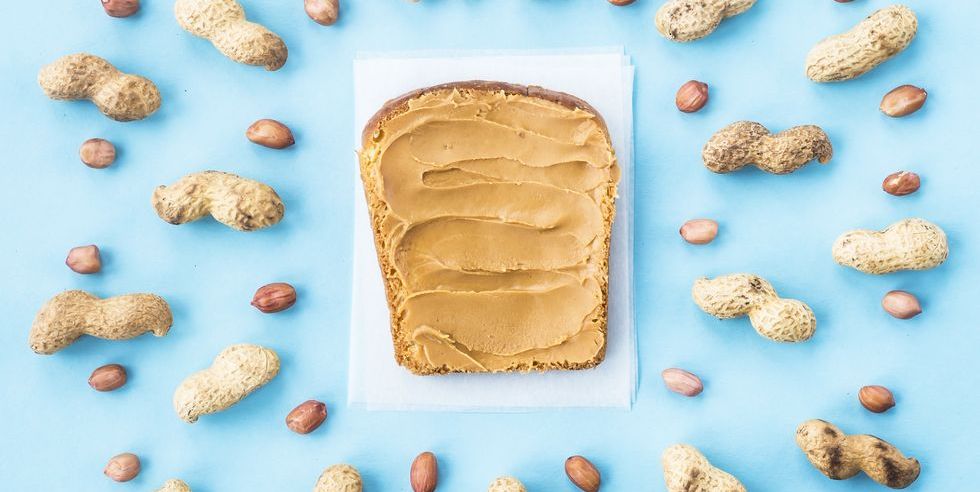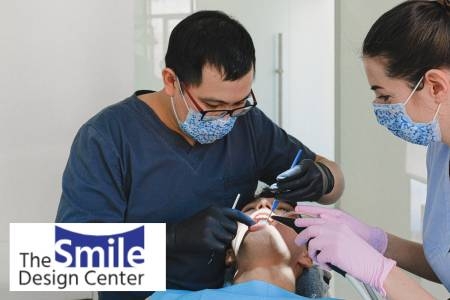Personalized nutrition: Can AI design a healthy, allergen-free diet?
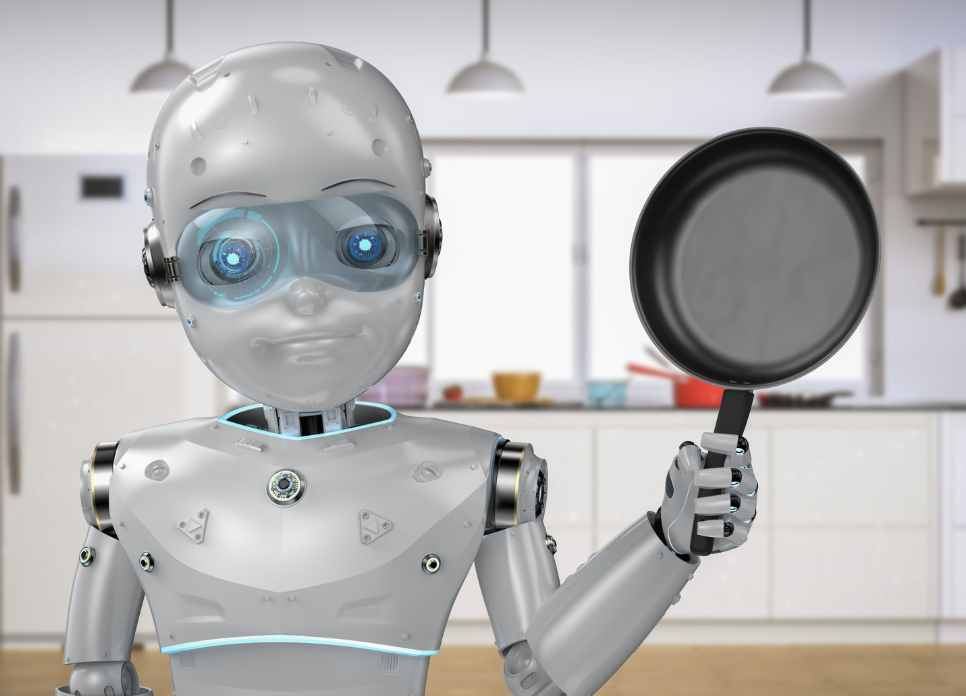
In just three months, ChatGPT will turn three, and it’s already reshaping the way we work, think, and even imagine the future. Today, AI systems can generate images, mimic human behavior, and tackle tasks that once seemed uniquely human — feats that evoke awe, a sense of dystopia, and raise uncomfortable questions: “Will my job survive the rise of machines?”
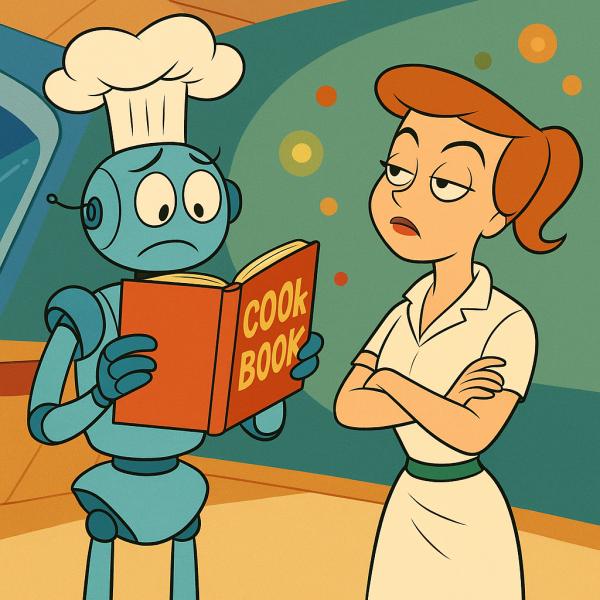
As a nutritionist, I once feared we might be replaced with ease. ChatGPT can estimate calorie expenditure, calculate dietary needs, and generate personalized meal plans — tasks that occupy nearly a third of many nutritionists’ daily work. It can also help attract clients by producing social media content.
Yet AI is far from perfect. It can overlook medical conditions or dietary subtleties, risking harm if misapplied. Still, as systems evolve, we could approach tools with near-limitless access to scientific knowledge and clinical reasoning, capable of prescribing diet therapy as accurately or even more accurately than experienced professionals.
Despite my alarm, the evidence for my continued employment is reassuring. While one in four workers has some exposure to generative AI, only 3.3% of jobs (like website developers or call center operators) are highly vulnerable. Nutritionists fall into the “minimal exposure” category: AI will change how we work, but it won’t replace us. Even so, the implications are profound, and I have wondered how AI and its tools are redefining and transforming my profession.
Getting Started
In June 2024, Nutrients published a scoping review to examine the role, impact, and concerns of AI in nutrition research.
The review found that AI was most frequently used in dietary assessment (41%), followed by lifestyle interventions (14%), and applications for people with type 2 diabetes (9%).
AI Predicts and Recommends
Machine learning (ML), a type of AI that identifies patterns and trends in data, has primarily been applied in predictive applications. For example, one study applied ML to health data from 50,000 Japanese adults to predict weight changes over three years. The system developed five formulas to predict changes in body weight. Statistical analysis revealed that, despite varying lifestyles and circumstances, the predictions deviated by approximately 1.9 kg from the actual weight.
Researchers have also tested ChatGPT’s accuracy and safety in dietary recommendations. In another study, 56 diets were generated for hypothetical patients with food allergies, and in four cases, ChatGPT failed to exclude allergens. In another, when asked to design a low-calorie (1,000 kcal) gluten-free diet, it miscalculated the energy content of some meals and failed to warn about potential nutrient deficiencies. In a remarkable study, Chinese investigators assessed ChatGPT’s ability to answer open-ended questions on nutritional therapy for type 2 diabetes, comparing its responses with those of six human experts with more than 20 years of experience. Roughly 48% of the advice was rated excellent, and 48% as acceptable. As if that were not enough, ChatGPT also passed the nutritionist registration exam in China.
The Nutritonal Chatbot Is In
Studies using natural language processing (NLP), the AI that interprets and processes human language, show strong potential for improving nutrition through personalized dietary recommendations. Chatbots were perceived as easy to use and reliable sources of nutritional knowledge, but face challenges similar to those of nutritionists.,
The Diet Helper for Alexa, developed to support diabetes interventions in Native American communities, was the only system to engage the user in a verbal rather than text conversation, making it accessible to individuals with limited technological and literacy skills. The chatbot was successful in answering questions and concerns 76% to 87% of the time. When socioeconomic and physical factors were taken into account, the system’s dietary advice fully conformed to the official US nutritional guidelines.
In another 12-week pilot program, Paola, a virtual assistant, was tested with 28 participants aged 45 to 75, in promoting nutrition and physical activity. Paola responded appropriately to 97% of programmed questions, but its effectiveness dropped sharply to 21% during “unscripted interactions.” As with flesh-and-blood nutritionists, adherence to Paola’s suggestions varied: participants followed dietary guidance 91% of the time, but physical activity recommendations only 59% of the time.
Pitfalls and Possibilities
In my research, two articles stood out, one published in Nutrients and the other in PNAS Nexus.
The Nutrients article, a narrative meta-analysis, identified AI applications in nutrition education and disease management. One highlight is the progress in image-based dietary assessment, where systems use food images taken by study participants to estimate portion sizes and calorie intake before and after meals. This “deep-learning” replacement for the food frequency questionnaire can potentially improve research but still requires considerable “fine-tuning.” Only three could automatically identify dietary intake, and most cannot estimate food volume or provide personalized recommendations.
Despite current limitations, researchers anticipate that AI will significantly reshape the field of nutrition. In clinical practice, it predicts and manages diseases, identifies dietary risks, and guides tailored interventions to address these risks. Meanwhile, remote monitoring systems track patient data in real-time to support timely adjustments. In hospitals, AI assists with specialized tube and intravenous feeding, anticipating intolerances and adverse reactions in critically ill patients. In education, it strengthens communication training, and tools like ChatGPT allow the delivery of tailored content to each learner.
However, the PNAS Nexus article summarizing a meeting by the US National Academies of Sciences, Engineering, and Medicine (NASEM) with experts in data science, nutrition, and regulatory agencies highlights significant challenges.
- Despite extensive clinical and dietary databases, information on dietary intake and reliable biomarkers remains limited.
- The predominance of cross-sectional studies restricts causal inference, weakening syntheses even with advanced AI.
- Modeling is hindered by algorithmic bias, datasets collected for unrelated purposes, limited sample diversity, and inadequate contextual knowledge.
AI has extracted and synthesized medical evidence, structured clinical trial findings, and generated automatic summaries to enhance time and resource efficiency, as well as study reliability. While boosting productivity and efficiency, it must be balanced with accuracy. The opacity of AI models risks weak algorithms with conflicts of interest, reinforcing the need for validation, replicability, and transparency.
Although not generating primary evidence, AI reorganizes and integrates diverse data, thereby speeding the evaluation of medical effects and individual variability, and potentially accelerating personalized clinical medicine. It may simulate underrepresented populations, countering the overrepresentation of European ancestry in datasets. But for all these advantages, AI’s capacity for causal inference remains uncertain.
Rapidly evolving AI models hold promise for addressing key challenges in nutrition, including reducing reliance on patient recall, overcoming the limitations of observational studies, and potentially designing truly individualized diets. However, these applications remain largely speculative, as robust evidence is still lacking. At this point, my fear of being replaced by AI is more an unfounded worry, fueled by years of science fiction. Still, just in case, I will start treating ChatGPT more politely — perhaps it will remember this in the future and spare my job.
Mauro Proença is a graduate student in Nutrition at São Camilo University in São Paulo, Brazil. In addition, he writes for “Questão de Ciência” (RQC) – a digital magazine “dedicated to defending the use of scientific evidence in public policies.”
A version of this article was originally posted on the American Council on Science and Health website and has been reposted here with permission. Any reposting should credit both the GLP and the original article. The American Council on Science and Health can be found on X @ACSHorg
link

